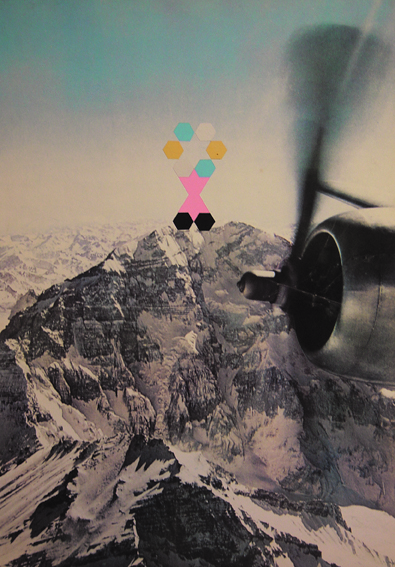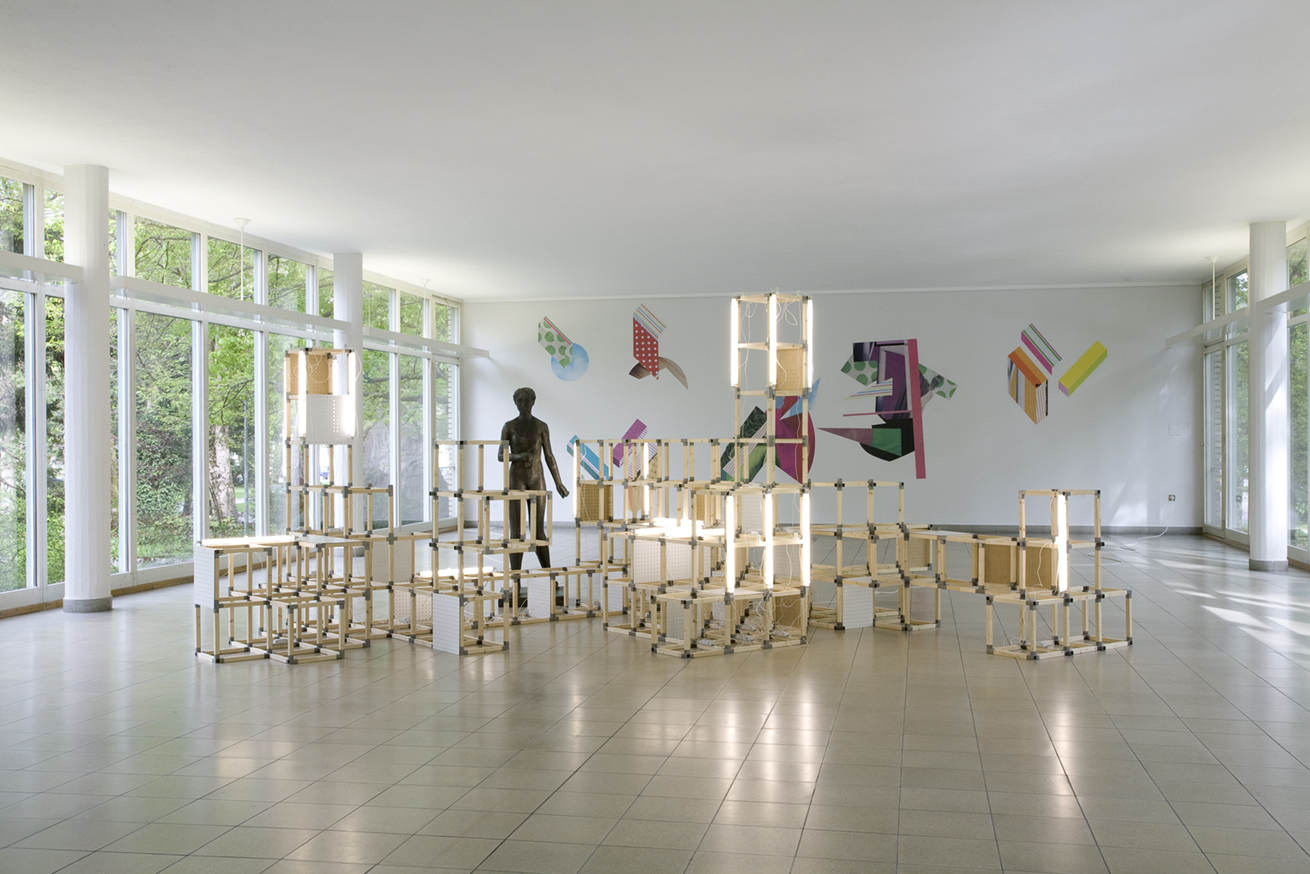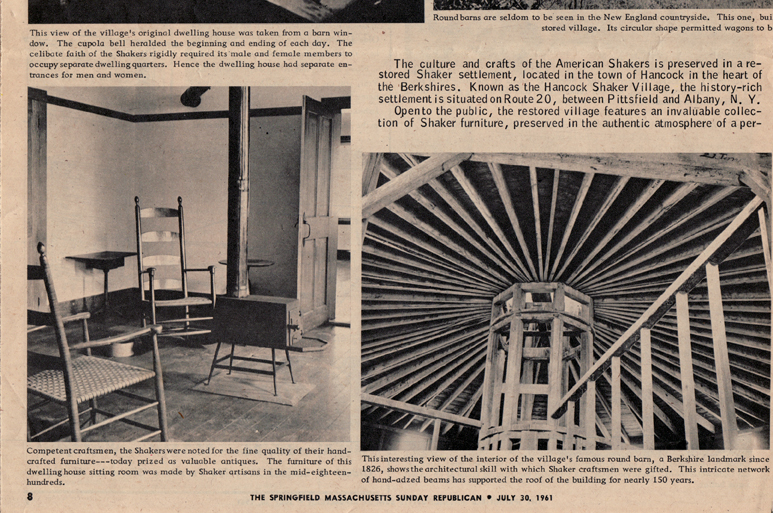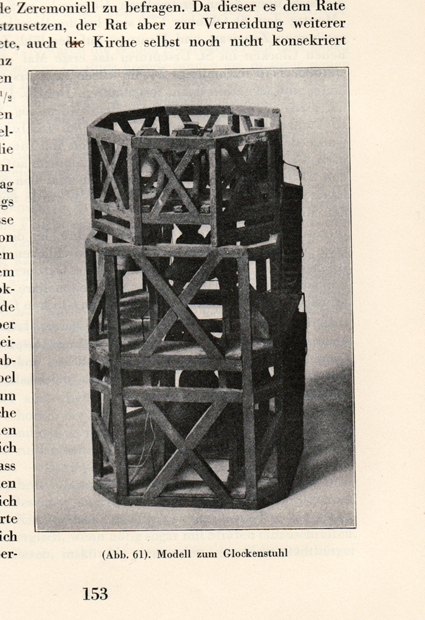A Portrait of the Man as a Building
 Mobile building (version II)
Mobile building (version II)2009
wood, steel, neon
dimensions variable
Kunsthaus Glarus, Suisse




Mobile building (version II)
2009
Wood, steel, neon
Variable dimensions

Colums for a round barn
2009
Wood, neon
2 elements 321x60x60 cm each.


Colums for a round barn
2009
Wood, neon
2 elements 321x60x60 cm each
Der Tessiner Künstler Davide Cascio (*1976) sondiert Vergangenheit und Gegenwart nach Architektur-, Design-, Literatur- und Gesellschaftsentwürfen mit utopischem Potenzial. James Joyce’s Ulysses, Le Corbusiers Esprit Nouveau oder Yona Friedmans urbanistische Superstruktur-Modelle dienten ihm ebenso als Horizonte seiner Denkexpeditionen wie alltägliche Werbe- und Wunschwelten der 1960er und 70er Jahre. In seinen Arbeiten prüft er die utopischen Ideologien auf ihren gesellschaftlichen Gehalt. Cascio verwendet einfaches Material wie Karton, Holz und Neonlicht und schafft damit allegorische Installationen, die Obsessionen, Hoffnungen und Träume des gesellschaftlichen Fortschritts spiegeln. Parallel zeigt er immer auch Collagen, in denen er verführerische Bilder aus Werbung und Fashion-Magazinen zu retro-futuristischen Szenarien kombiniert. Seine Arbeiten kommentieren das metaphysische Versprechen eines harmonischen, auf den Menschen abgestimmten Wohn- und Lebensraums, das in der Geschichte der Moderne wiederholt Konjunktur hatte und heute mit den Fragen um Mobilität und Hightech anhaltende Aktualität besitzt.
Im Kunsthaus Glarus wählt Cascio insbesondere die utopischen Architekturkonzepte des Theoretikers und Visionärs Yona Friedman als Startpunkt seiner Arbeiten. Ausgehend von der Rasterstruktur der Bodenplatten des Seitenlichtsaales baut er eine Rauminstallation, die sich auf die architektonischen Superstrukturen Friedmans bezieht. Friedmans Entwürfe waren als mehr-geschossige Raum-Rahmen-Gitter konzipiert, in weiten Abständen von Pfeilern getragen und als Brücken über bestehende Städte und Landschaften gelegt. Gemäss Friedmans Konzepten war so die Lebensumwelt der Bewohner der Zukunft flexibel und mobil erweiterbar. Cascio setzt diese Vorstellungen modellhaft um. Wie bei Friedman ist der Modul-Charakter der Installation im Kunsthaus Glarus imaginär unendlich erweiterbar. Der Glarner Volkspark im Aussenraum des transparenten Pavillonbaus des Kunsthauses bietet einen realen Hintergrund für die Installation und spielt auf die Einbettung in die Natur an, die auch bei den urbanistischen Projekten Friedmans von zentraler Bedeutung war.
Parallel integriert Cascio auch Arbeiten aus der Sammlung des Glarner Kunstvereins, etwa Hermann Hallers klassizistische Bronze-Figur Flora (1908) - ein schreitendes, nacktes, blumenstreuendes Mädchen - und deutet damit das archaische Thema des Verhältnisses des Menschen zu seiner gebauten Umwelt exemplarisch an. Friedmans Architekturphilosophie ist stark auf die Bedürfnisse der Bewohner ausgerichtet und versteht Architektur als emanzipatorische Struktur. Seit den 1970er Jahren erweiterte er seine Wohn- und Lebensraumprojekte für Entwicklungsländer und Sozialprojekte mit Selbstversorgungs-Systemen. Er engagierte sich für die Vermittlung und Entwicklung einfachen Bauens unter Verwendung lokaler Materialien und Bauweisen und versuchte so die gesellschaftliche Utopie egalitärer sozialer Strukturen zu realisieren.
Auch im Oberlichtsaal steht das Verhältnis des Menschen zur gebauten Umwelt im Vordergrund. Cascio baut zwei menschengrosse Türme aus Holz und Neonröhren. Ein kreisgeometrisches Element verbindet Sockel und Aufbau der Skulptur. Dieses Ornament findet Cascio auch in verschiedenen Arbeiten des Künstlers Urs Lüthi, die sich in der Sammlung des Glarner Kunstvereins befinden. Aus Lüthis Serie der universellen Ordnung integriert Cascio eine Gruppe von Arbeiten, die ebendiese Metapher der Harmonie von Mensch und Umwelt beinhalten. Die Sehnsucht nach Schönheit und Wahrheit, nach der Verbindung von Individuum und Universum, Mikro- und Makrokosmos findet sich auch in Cascio’s mentalen Denkräumen, in denen Utopien und Alternativentwürfe reflektiert werden. Cascio gehört zur Generation von zeitgenössischen Künstlern, die präzise Referenzsysteme innerhalb der Geschichte der Moderne anlegen und sie zu neuen Formationen und Realitäten verflechten. Für die Betrachterinnen und Betrachter sind die komplexen Verweisformationen mit Referenzen auf Kunst und Architektur, Klassizismus, Moderne und Postmoderne, Konstruktivismus, Minimal und Pop Startpunkte eigener Denkexpeditionen.
Ticino artist Davide Cascio (b. 1976) plumbs the past and present for potentially utopian ideas from architecture, design, literature and society. James Joyce’s Ulysses, le Corbusier’s Esprit Nouveau and Yona Friedman’s urbanistic super-structure models have acted as horizons for his intellectual expeditions, as have everyday worlds of advertising and desire from the 1960s and 70s. In his works he probes utopian ideologies for their social content. Cascio uses simple material such as cardboard, wood and neon to create allegorical installations that reflect obsessions, hopes and dreams of social progress. Parallel with these, he always also shows collages in which he combines seductive images from advertising and fashion magazines into retro-futuristic scenarios. His works act as a commentary upon the metaphysical promise of a harmonic, human-adapted living and dwelling space, which has repeatedly been in great demand throughout the history of the modern age and, with issues of mobility and high-tech, has continuing relevance today.
In Kunsthaus Glarus Cascio particularly takes the utopian architectural concepts of the theorist and visionary Yona Friedman as the starting-point for his works. Beginning with the grid structure of the floor tiles of the side-light room he is building a spatial installation that refers to Friedman!s architectural superstructures. Friedman's designs were conceived as space-context grids several storeys high, supported by widely spaced pillars and laid like bridges over existing cities and landscapes. According to Friedman!s concepts, this made the living environment of the residents of the future extendable in a flexible and mobile way. Cascio transposes these ideas in a model-like way. As in Friedman!s work, the modular character of the installation in Kunsthaus Glarus means it is, notionally, infinitely extendable. The Glarner Volkspark in the external space of the transparent pavilion building of the Kunsthaus provides a real background to the installation and refers to its location in the landscape, which was also centrally important in Friedman's urbanistic projects. Parallel with this, Cascio also integrates works from the collection of the Glasrner Kunstverein, such as Hermann Haller’s classicist bronze figure Flora (1908) – a striding, naked, flower-strewing girl – and thus interprets in exemplary fashion the archaic theme of man!s relationship with his built environment. Friedman’s architectural philosophy is strongly geared towards the needs of the residents and sees architecture as an emancipatory structure. Since the 1970s he has extended his living and dwelling projects for developing countries and social projects with self-sufficient systems. He is committed to the communication and development of simple construction using local materials and building methods, and attempts in this way to bring about the social utopia of egalitarian social structures. In the skylight room, too, man's relationship with the built environment is centre stage. Cascio has built two man-size towers of wood and neon tubes. A circular geometrical element links the plinth and superstructure of the sculpture. Cascio also finds this ornament in various works by the artist Urs Lüthi which are in the collection of the Glarner Kunstverein. From Lüthi's Serie der universellen Ordnung Cascio integrates a group of works containing that same metaphor for the harmony of man and environment. The longing for beauty and truth, for the connection of individual and universe, micro- and macrocosm is also apparent in Cascio's mental thought-spaces, in which utopias and alternative designs are reflected. Cascio belongs to the generation of contemporary artists who set out precise systems of reference within the history of the moder age and weave them into new formations and realities. For the viewers the complex networks of references, to art and architecture, classicism, modernity and postmodernism, Constructivism, Minimal and Pop Art are starting points ofr his own intellectual expeditions.
Sabine Rusterholz
Hexagonal Lighthouse
1836
Ashtabula, Ohio

Round barn
Berkshire, Massachusetts
1826
 Modell zum Glockenstuhl
Modell zum GlockenstuhlCfr.: F. Schwendimann, St. Ursen, Kathedrale des Bistums Basel und
Pfarrkirche von Solothurn, 1928.



 A portrait of the
A portrait of theMan as a Building
1-4
2009
collage on paper
32 x 70 cm